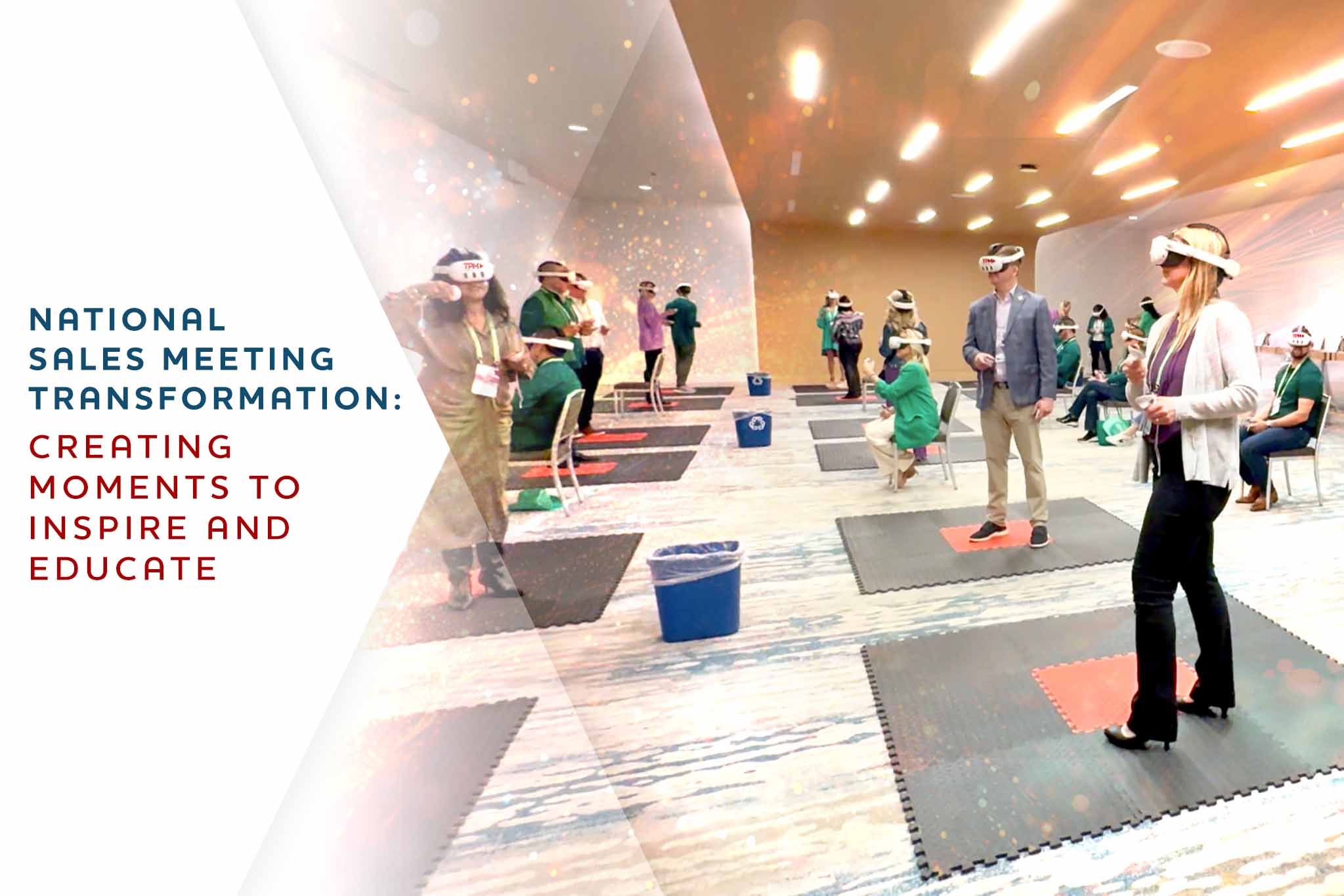“The emerging evidence suggests that different forms of XR technology applications have the potential to create immersive and engaging patient education experiences that can lead to enhanced patient satisfaction, positive educational outcomes, and reduced patient anxiety” – Sage Journal
But what exactly is XR? How does it work? In this article, we will delve into the world of extended reality to answer these questions and more as we explore XR’s potential to transform patient education.
What is Extended Reality (XR)?
Extended reality, also known as XR, is an umbrella term that encompasses three main types of technology: virtual reality (VR), augmented reality (AR), and mixed reality (MR). These revolutionary technologies seamlessly merge the physical and digital worlds.
VR uses specialized hardware, like a headset, to create a fully immersive experience that places users in a simulated 3D environment. Haptic accessories, like gloves or vests, may also be used to deepen the immersion. It can be used in patient education to simulate medical procedures, allowing healthcare professionals to describe to the patient in detail how the procedure is done within their body. This allows patients to visualize and ask relevant questions and be reassured. VR can also be used to create realistic scenarios that help patients better understand their medical conditions and treatments.
AR overlays digital content onto the real world, enhancing the user’s perception of their surroundings. In patient education, AR can be used to provide visual overlays of anatomical structures or medical information. For example, a patient can be directed to use their smartphone to an AR target and could see a 3D representation of their internal organs, allowing them to better understand their condition and treatment options.
MR combines elements of both VR and AR, seamlessly blending virtual and real-world objects. Surgeons could use MR to walk patients through complex procedures by interacting with virtual objects in a realistic surgical environment. This technology has the potential to revolutionize procedural validation for patients. That is, visualizing the procedure can help reassure the patient of expectations and boost confidence around the outcome of the procedure.
How Extended Reality is Revolutionizing Patient Education
Extended reality has the potential to revolutionize patient education by providing an immersive and interactive experience. Patients can now step into a virtual environment where they can explore the inner workings of their bodies or witness medical procedures firsthand. For example, a patient scheduled for knee surgery can use VR to virtually walk through the procedure, gaining a better understanding of what to expect and alleviating anxiety.
In addition to surgical simulations, extended reality can also be used for patient education and management. Patients with chronic conditions can use AR to visualize the effects of their disease on their bodies, helping them understand the importance of adherence to treatment plans. This technology can also be utilized for medication education, where patients can interact with virtual injectables and receive instructions on proper dosage and administration.
Another example is how invisible patient experiences such as rheumatoid arthritis and color blindness can be simulated through immersive simulations that replicate the physical limitations and challenges faced by individuals with these conditions.
For instance, in the case of rheumatoid arthritis, using haptics wearables, XR can simulate the joint pain, stiffness, and reduced mobility that patients experience in the form of vibrations. By donning XR headsets or using handheld devices, healthcare professionals, caregivers, and even friends and family members can gain a firsthand understanding of the daily struggles faced by rheumatoid arthritis patients. This simulation can foster empathy and help others better comprehend the impact of the disease on a person’s life.
Similarly, XR can also simulate color blindness, allowing individuals with normal color vision to experience and understand how color-blind individuals perceive the world. By altering the visual inputs in XR environments, people can gain insights into the challenges faced by color-blind individuals in various settings, such as distinguishing between traffic lights or interpreting color-coded information.
By using XR to simulate invisible patient experiences, healthcare professionals, caregivers, and society at large can build empathy and understanding towards individuals with these conditions. This increased empathy can lead to improved patient care, better communication, and the development of more inclusive environments that cater to the specific needs of these patients.
For example, consider a virtual medical consultation where a patient uses XR technology to learn about their condition and potential treatment options. In this scenario, the patient can engage with immersive visuals and interactive demonstrations, gaining a deeper understanding of their diagnosis and the proposed interventions. Such patient education examples demonstrate the power of extended reality in transforming the way medical information is conveyed to patients.
Potential Applications of XR in Patient Education for Chronic Conditions
XR experience training has immense potential in educating patients about chronic conditions such as diabetes and hypertension. By providing immersive and interactive learning experiences, XR can enhance patient education for hypertension and diabetes, promote self-management, and foster empathy.
Visualizing Anatomy and Physiology:
XR can provide patients with a visual and interactive representation of their chronic condition, such as diabetes or hypertension. Patients can explore the anatomical structures and physiological processes involved in their condition, enhancing their understanding of how their body works and the impact of their condition on their health.
Explaining Treatment Procedures:
XR can be used to simulate and demonstrate treatment procedures to patients. For example, a virtual reality experience can show patients how to use a glucose monitor or administer insulin injections. This hands-on training can empower patients to confidently manage their condition at home and reduce the risk of complications.
Promoting Lifestyle Changes:
XR can create immersive experiences that simulate real-life scenarios and help patients understand the effects of their lifestyle choices on their condition. For instance, a virtual reality experience can show the impact of unhealthy eating habits on blood sugar levels in a person with diabetes. This can motivate patients to make positive changes in their diet and lifestyle.
Enhancing Medication Adherence:
XR can be used to educate patients about the importance of medication adherence and the potential consequences of non-compliance. Virtual reality experiences can simulate the progression of a chronic condition when medication is not taken as prescribed, helping patients understand the critical role of medication in managing their condition effectively.
Facilitating Peer Support and Empathy:
XR can create virtual support groups where patients with similar chronic conditions can connect and share their experiences. This fosters empathy, support, and a sense of community among patients. XR can also allow patients to step into the shoes of someone living with a chronic condition, promoting understanding and empathy among healthcare providers and caregivers.
Personalized and Adaptive Experiences:
By integrating artificial intelligence (AI) with XR, patient education for hypertension and diabetes can be tailored to individual needs and preferences. AI algorithms can analyze patient data and provide personalized educational content, adapting the XR experience based on the patient’s progress and understanding.
Impact of XR on Patient Education: What does the research say?
The impact of Extended Reality in patient education has been the subject of numerous studies. These studies have shown that XR technologies, such as virtual reality and augmented reality, can greatly enhance patient education by providing immersive and interactive learning experiences. Overall, the research suggests that XR technologies have the potential to revolutionize patient education by offering innovative and effective approaches to learning. “XR has the potential to cause a paradigm shift in healthcare education, but this is more likely to be successful if a learner-centered approach is adopted” (Logeswaran et al., 2020). Research evidence has shown that implementing XR technologies in patient education can have a positive impact.
Advances in technology, particularly in the field of Extended Reality, have opened up new possibilities for patient education in healthcare. According to Adapa et al., 202, there is a growing interest in utilizing XR technologies, to enhance patient education in healthcare settings. “(VR) and augmented reality (AR) are being increasingly used in healthcare, and especially inpatient education.”
Enhanced understanding and retention of information:
These technologies allow patients to visualize complex medical procedures, anatomy, and diseases, which can improve their understanding and retention of information.
Improved patient outcomes:
XR in patient education can lead to better patient outcomes, including improved adherence to treatment plans and increased patient satisfaction. XR technologies have the potential to significantly improve patient outcomes and adherence to treatment plans. By providing immersive and interactive learning experiences, patients can better understand and retain information about their medical conditions and treatment options. Visualizing complex medical procedures, anatomy, and diseases through XR technologies can enhance their understanding and retention of information.
Reduced patient anxiety
XR can help alleviate patients’ anxiety and fear by providing a safe and controlled environment for them to explore and understand their medical condition.
Increased patient engagement and motivation:
XR technologies can increase patient engagement and motivation in the learning process. Patients are more likely to actively participate in their healthcare and take ownership of their health when they are engaged and motivated.
Improved patient-provider communication:
XR technologies can enhance communication between patients and healthcare providers. When patients use XR to better understand their medical conditions and treatment options, they can communicate their concerns and questions more effectively, leading to better collaboration and shared decision-making between patients and providers.
The Future of Extended Reality in Patient Education
The future of Extended Reality (XR) in revolutionizing patient education and transforming the healthcare industry holds immense potential for revolutionizing patient care and enhancing empathy among healthcare professionals. XR technologies, such as virtual reality (VR), augmented reality (AR), and mixed reality (MR), offer unique opportunities to create immersive and interactive experiences that can transform medical training, patient education, and therapeutic interventions.
One of the key benefits of XR in revolutionizing patient education is its ability to cultivate empathy. Empathy plays a crucial role in healthcare, as it allows healthcare professionals or patient’s caregivers to understand and connect with their patients on a deeper level. XR can recreate scenarios where caregivers can step into the shoes of patients with chronic illnesses, experiencing their symptoms and limitations firsthand. This immersive experience can help them develop a more profound understanding of patients’ experiences and enhance their ability to provide empathetic care and better comprehend their physical and emotional challenges.
Moreover, XR can be employed in patient education to improve health literacy and empower patients to take an active role in their own care. With AR applications, patients can visualize complex medical information such as anatomical structures or treatment procedures more intuitively and interactively. This not only facilitates comprehension but also fosters empathy by allowing patients to gain a deeper understanding of their conditions and the challenges they may face.
The future of XR in revolutionizing patient education and transforming the healthcare industry is promising. As technology continues to advance, XR has the potential to revolutionize healthcare and education by fostering empathy and enhancing the patient-provider relationship. By revolutionizing healthcare and education, XR can contribute to better healthcare outcomes and a more compassionate healthcare system.
As technology continues to advance, we can expect more sophisticated and user-friendly XR devices. This will open up new possibilities for patient education. Additionally, the integration of artificial intelligence (AI) with XR has the potential to further enhance healthcare outcomes by providing personalized and adaptive experiences.
Final Thoughts
Extended reality is revolutionizing healthcare and transforming patient education in the healthcare industry. Through the use of immersive technologies such as virtual reality, augmented reality, and mixed reality, patients can now have a more engaging and interactive learning experience. The benefits of extended reality in revolutionizing patient education extend beyond the patient education example, with applications in diagnostic accuracy, treatment planning, surgical training, and remote collaboration. As we look towards the future, the integration of extended reality and artificial intelligence hold even greater potential for improving healthcare outcomes. To explore the possibilities of extended reality in revolutionizing healthcare, contact Tipping Point Media today to schedule a demo.



